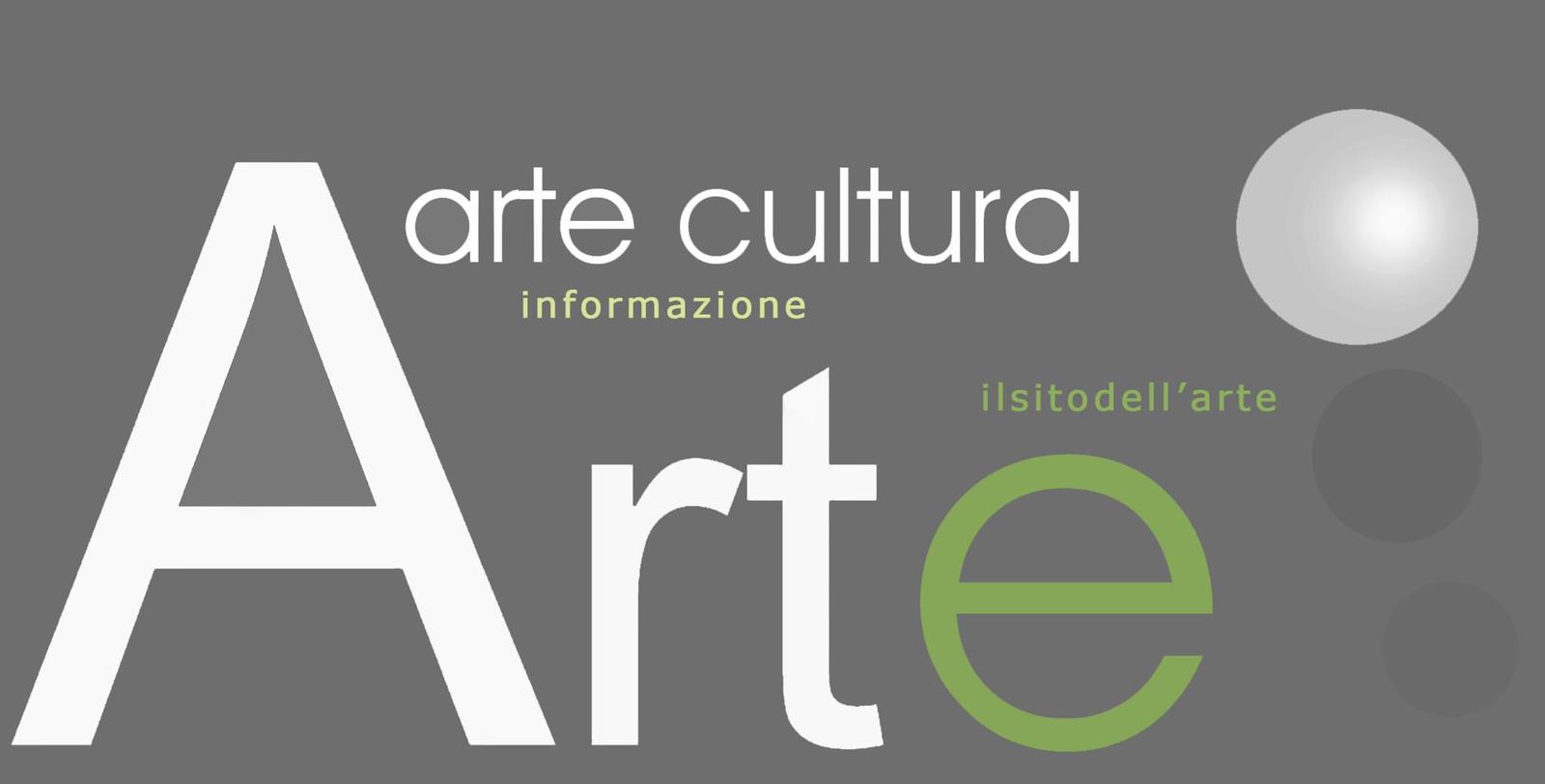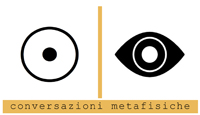The exhibition includes 3 major sculptures from integral though distinct bodies of work in the artist’s sculptural language: voids; mirrors and the auto-generated. Rendered in pigment, steel and wax, the works epitomise Kapoor’s manipulation of matter to create a landscape and geology that is both other and sublime.
The Jewish Museum and Tolerance Center, supported by Lisson Gallery, London, will present the first solo exhibition of works by Anish Kapoor in Russia, opening on 21 September 2015 to coincide with the Moscow Biennale.
Anish Kapoor is one of the most influential artists in the world, who has changed the perception of contemporary sculpture. Born in Bombay, India, Kapoor has lived and worked in London since the 1970s. In 1990 he represented Great Britain at the Venice Biennale where he was awarded the Premio Duemila and in 1991 he won the prestigious Turner Prize. In 2009, Anish Kapoor was the first contemporary artist to have an exhibition at the Royal Academy of Arts, London.
«I am interested in sculpture that manipulates the viewer into a specific relation with both space and time. Time, on two levels; one narratively and cinematically as a matter of the passage through the work, and the other as a literal elongation of the moment. This has to do with form and colour and the propensity of colour to induce reverie. Consequently, I hope, an elongation of time. Space is as complex, the space contained in an object must be bigger than the object which contains it. My aim is to separate the object from its object-hood.» © Anish KapoorContinue Reading..














